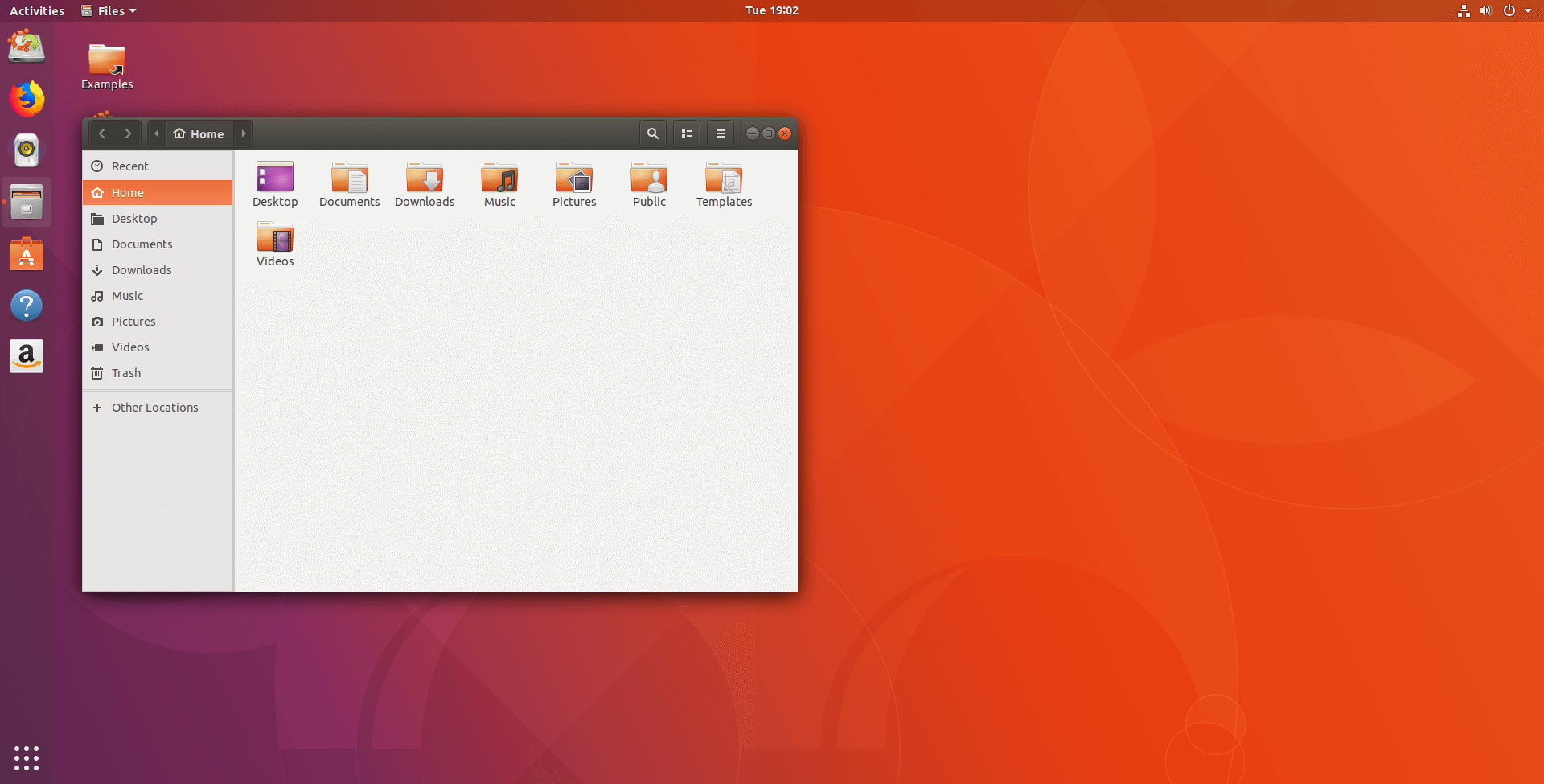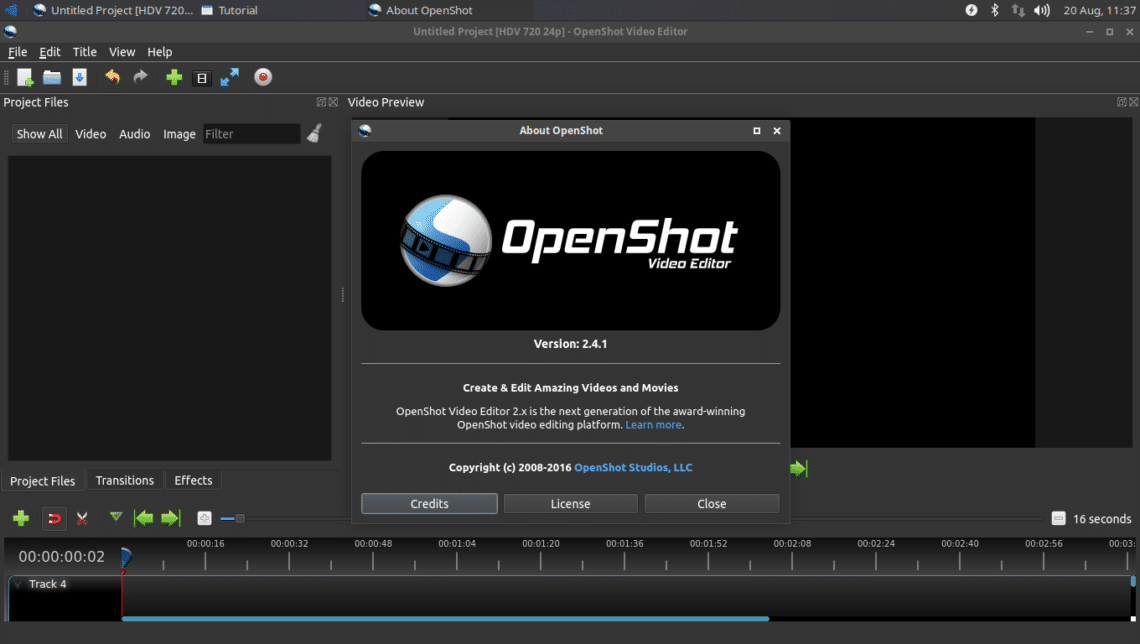
- #SQLECTRON INSTALL UBUNTU INSTALL#
- #SQLECTRON INSTALL UBUNTU UPDATE#
- #SQLECTRON INSTALL UBUNTU FULL#
- #SQLECTRON INSTALL UBUNTU ANDROID#
#SQLECTRON INSTALL UBUNTU UPDATE#
First, it is needed to update the apt-get repository lists by running the command below and entering the account password.Īfter updating the repository lists, all that is needed to update the SQL Server is to run the above installation command which will update the mssql-server package:
#SQLECTRON INSTALL UBUNTU INSTALL#
To continue the setup run the following command:Īfter the install of SQL Server on Ubuntu has been completed, we can check if the service is started and running by entering the following command:Īfter some time, a software update may be released and that can be handled with a few lines in the Terminal. Also, a strong password is recommended for the creation of SA account (Minimum length of 8 characters, including both uppercase and lowercase letters and base 10 digits or/and non-alphanumeric symbols). To completely install SQL Server on Ubuntu we need to run the mssql-conf setup and follow the prompts. Now we can install SQL Server on Ubuntu by entering the following commands: In this step as in previous, the user needs to enter the account password before completing the step (but only if 15 minutes from the last action have passed, as this is Ubuntu’s feature to only type the password only once in 15 minutes to make work flow easier).Ĭurl | sudo tee /etc/apt//mssql-server.list The user needs to insert the account password before completing the step.Īfter that, we need to have the Microsoft SQL Server’s Ubuntu repository registered. First, we need to have the public repository’s GPG keys imported by entering the following command: It is here where the installation takes place. SQL Server on Linux currently supports a couple of distributions of Linux, those being Red Hat, SUSE and Ubuntu, as well as Docker engine.įor this article, we are going to install SQL Server on Ubuntu, the latest version being 17.04 at the time of writing this article.įirst, open Terminal by clicking right mouse click on desktop and selecting Open Terminal.Īlternatively, you could go to start menu in the top left, opening it and clicking on Terminal to open it.Īfter opening the Terminal, we are greeted with a window which looks like in the picture below. HDD: 5GB for Ubuntu and additional 3GB for SQL Server at minimum RAM: 4GB minimum (Ubuntu needs 512MB at minimum) Listed below will be the basic minimum system hardware requirements to run Ubuntu, adjusted for the RAM and HDD space requirements to run SQL Server on Ubuntu:ĬPU: 700Mhz processor (Intel Celeron or better)

#SQLECTRON INSTALL UBUNTU FULL#
Microsoft hasn’t stated the full system requirements to install SQL Server on Ubuntu, Red Hat, SUSE and Docker engine, the only thing they noted is that it requires more than 3.25GB of RAM.

Nevertheless, it is a huge step for Microsoft, and one that many DBAs have looked forward to. At the moment, as stated by Microsoft in their release notes for SQL Server on Linux, even in the latest Community Tech Preview 2.0 (CTP 2.0), there are still a lot of features which aren’t supported, so there is still work to be done in that field. Microsoft stated that the preview version of SQL Server on Ubuntu, Red Hat, SUSE and Docker engine will support the basic capabilities such as the core database engine components that support transactional processing and data warehousing. SQL Server on Linux is still very new, so inconsistent behaviour and partially supported features can be apparent when using it.

Microsoft has stated that they want to deliver a SQL Server on Ubuntu, Red Hat and SUSE that feels, looks and performs just like the Windows version of the SQL Server, where users should not be able to see the differences between those, at least from the front-end perspective.
#SQLECTRON INSTALL UBUNTU ANDROID#
Microsoft has started to make inroads outside of Windows environments with different products, such as Office 365 apps for various mobile phone operating systems, such as iOS and Android as well as their own Windows Phone OS. With an increasing number of new servers running on Linux, and even a third of Microsoft’s Azure virtual machines running Linux, they have made a choice to bring SQL Server to Linux in order to increase their market share and attract new customers.


 0 kommentar(er)
0 kommentar(er)
